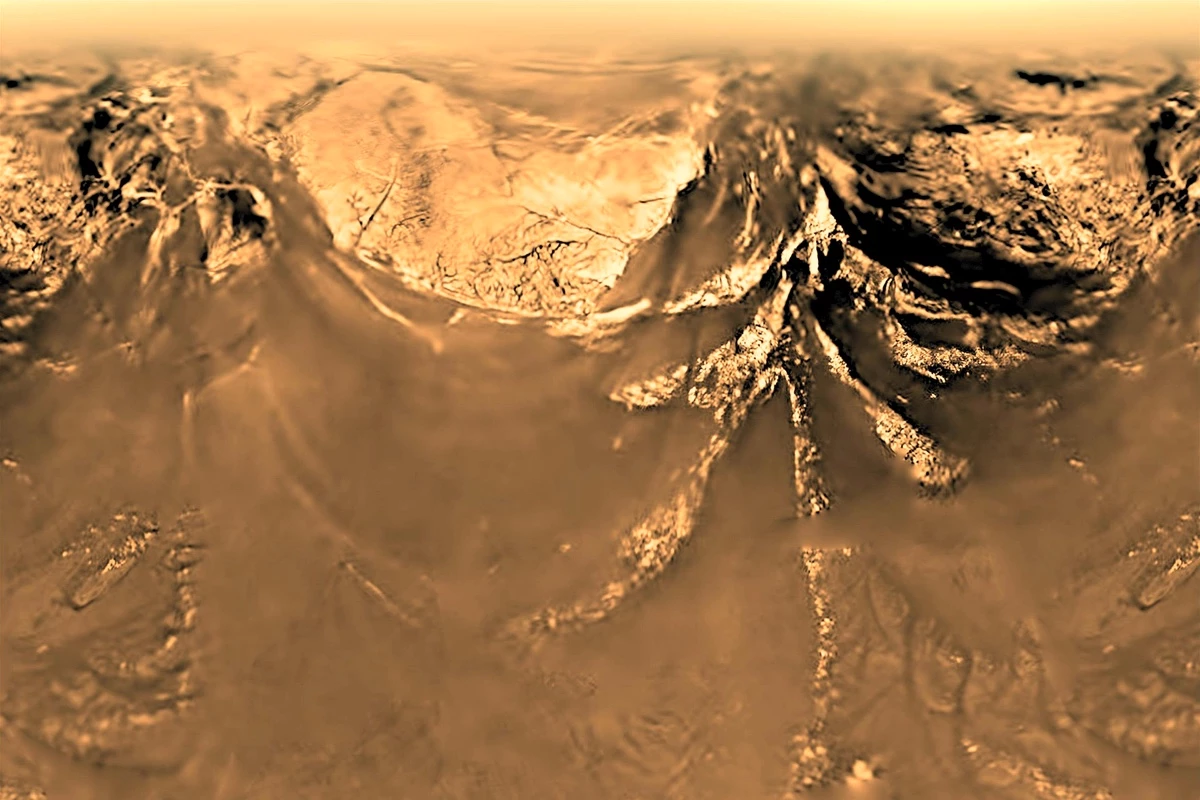
Saturn Saturn Titan is rightfully considered one of the most curious bodies in the entire solar system. In addition to the land, only there there is a global cycle of fluid with seas and lakes that evaporate into the clouds and shed rains. True, on a huge distance from the Sun and with a chill cold, water in titanium is preserved exclusively as ice, and light hydrocarbons play the role of liquid - mainly methane.
Liquid water may be deeper, under the ice bark of titanium, the thickness of which is estimated in a hundred kilometers. This is a unique world, and its dynamics theoretically admits even the existence of a local life, albeit very unlike our. This feature indicates the new work recently on the 52nd Moon Research Conference and Planets (LPSC).
Its authors are a big team of scientists from Europe, Brazil and the USA - showed that water from the depths of titanium at least sometimes should be mixed with hydrocarbons on the surface, creating a favorable biochemical environment. This is due to the cracks that appear in the satellite cortex due to collisions with comets and asteroids.
Researchers simulated a clash, which should have led to the appearance of the largest shock crater titan: Menrva has about 425 kilometers in the diameter, and his age is estimated at about a billion years. Calculations showed that it could arise due to the fall of the celestial body with a diameter of 34 kilometers and at speeds about seven kilometers per second. The energy of the impact was enough to appear on the surface not only water, but also a liquid water lake, which frozen over a million years.
According to the authors of the work, it could well be enough for the origin of the first primitive organisms and the launch of powerful biological evolution mechanisms. Perhaps Menrva is not alone in this: the appearance of other major craters could be accompanied by the same heating and stirring of water and organic substances. Finally confirm this will be the future mission of NASA Dragonfly, which should start in 2027 and in 2038 to arrive at Titan.
Source: Naked Science
